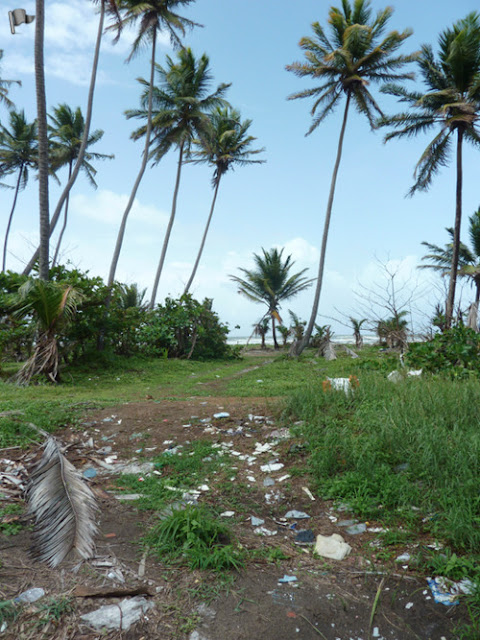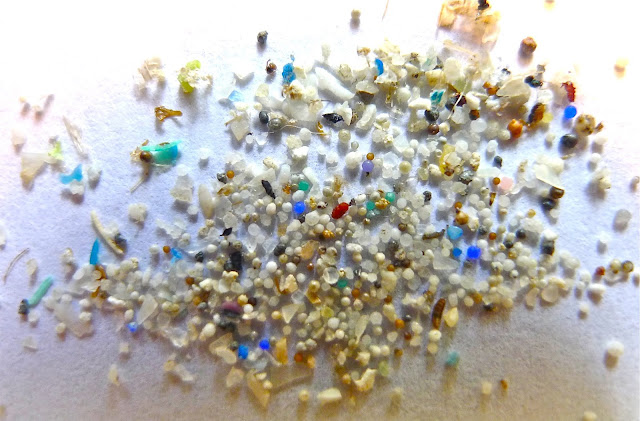Plastic Pollution in Trinidad and Tobago

Dr Anjani Ganase recaps the finding of Ritchie and Roser’s Report (2018) on Plastic Pollution, and discusses the relevance to Trinidad and Tobago. While errors in previous reports have inflated the amount of plastic pollution attributed to TT, the total amounts for the Caribbean and the world, are still startling. We have to stop using; and to clean up what we have used in the past. Since the advent of plastics in the 1950s, global plastic generation has increased exponentially over the last 65 years. In 2015, the world generated more than twice the amount of plastics (381 million tonnes) that it had in 1995 (156 million tonnes); and cumulatively we’ve produced over 7.8 billion tonnes of plastic, roughly more than a tonne of plastic for every person alive on the planet today. However, the sources of the plastic waste are not distributed evenly. China produces the most plastic waste in the world, and is responsible for much of the pollution in marine environments. While pl...


